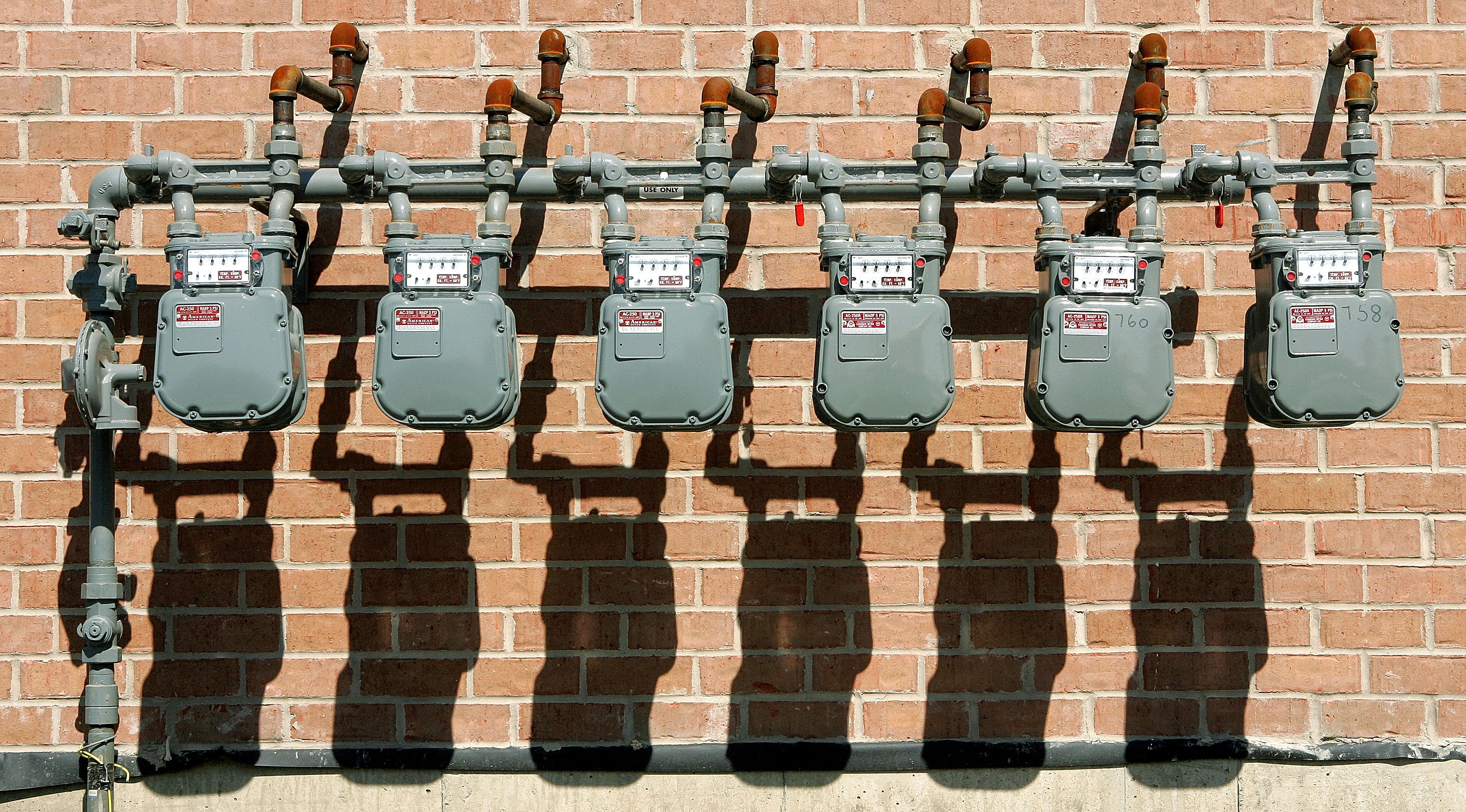The gas grid will expand to cover 99% of urban and 90% of suburban population by 2020, the National Iranian Gas Company's director for gas supply said.
"The Oil Ministry has taken effective steps to remove budgetary constraints to finance gas ventures across the country and replacing natural gas with the liquid fuels in household and industrial sectors is high on the agenda," Saeed Momeni was also quoted as saying by Shana on Monday.
Giving a breakdown, he added that close to 9,000 small towns and villages have been added to the grid since 2014.
Pointing to village-dwellers' access to natural gas, Momeni said, "Less than 55% of the population were connected to the grid in 2014, yet the figure rose to 77% in 2017 and plans are underway to increase it to 90% by 2020."
According to the official, extending the network to remote and mountainous areas in which the number of household is less than 20 is not economically viable, so the company is obliged to supply such residents with alternative sources, namely liquid fuels.
Asked about the number of NIGC's subscribers, he added that more than 22 million subscribers in 1,106 cities and 24,260 towns are provided with the strategic fuel.
"On average, 300 kilometers of the gas pipeline have been laid annually over the past four years. Moreover, 10 gas turbo-compressors have been installed in the same period," he said.
According to the official, close to 36,000 kilometers of high-pressure gas pipes have been laid in different parts of the country, which will be extended to 45,000 km by 2026.
Underscoring the importance of developing national gas infrastructures, the official said the more the network is extended, the faster gas will be transferred from far-flung refineries to urban and suburban areas.
"With the completion of more phases of South Pars Gas Field in the Persian Gulf, liquid fuels such as diesel and mazut will be replaced by natural gas as power plant feedstock," he said, adding that the country has saved almost 50 billion liters of liquid fuel in the past three years.
South Pars is the world's largest gas field shared between Iran and Qatar, covering an area of 3,700 square kilometers of Iran's territorial waters in the Persian Gulf.
The country is expanding gas supply infrastructure, as it looks to raise daily gas production to 1.2 billion cubic meters by 2021 from the present 880 million cubic meters.
--- Energy Security
According to energy experts, including Hamidreza Araqi, the head of NIGC, the expansion of national gas network not only generates more jobs, but also creates energy security.
"Besides feeling secure about energy supply, natural gas helps the country improve health and welfare conditions, generate more jobs and increase revenues. A considerable number of industrial units, supplied with natural gas, will increase value added and lower air pollution," he said.
Araqi said creativity in planning and ideation play a key role in NIGC, as it needs fresh ideas to invest in new areas.
The official noted that using good quality heating equipment reduces energy consumption.
Iran is the third biggest consumer of natural gas, consuming 10 times more than Japan.


